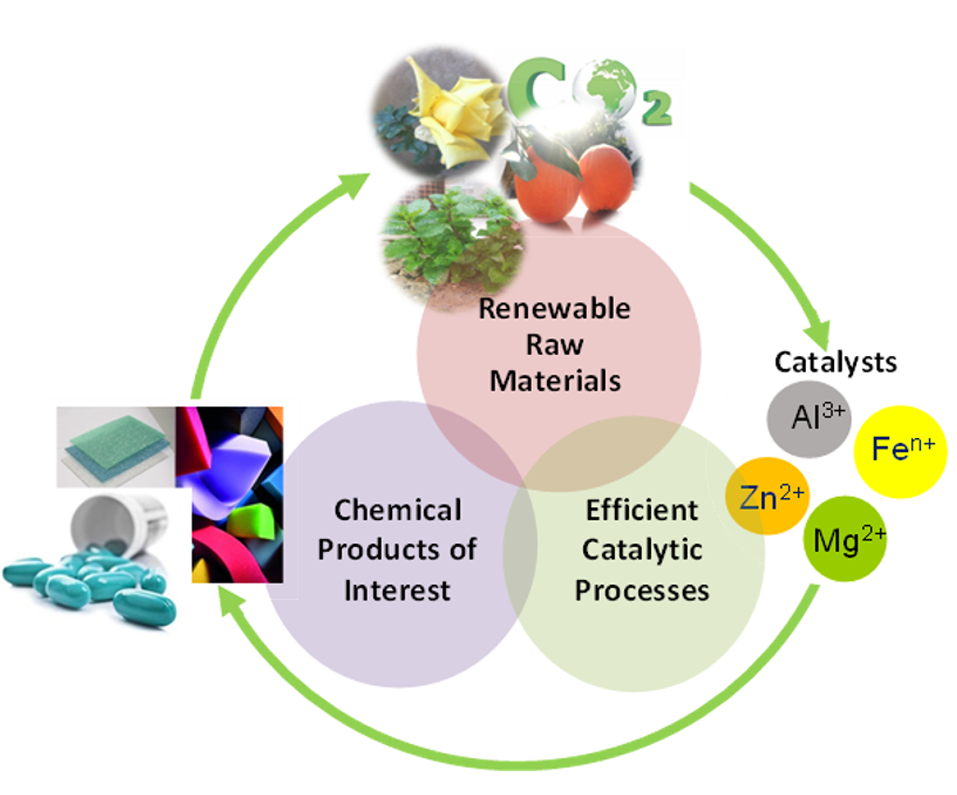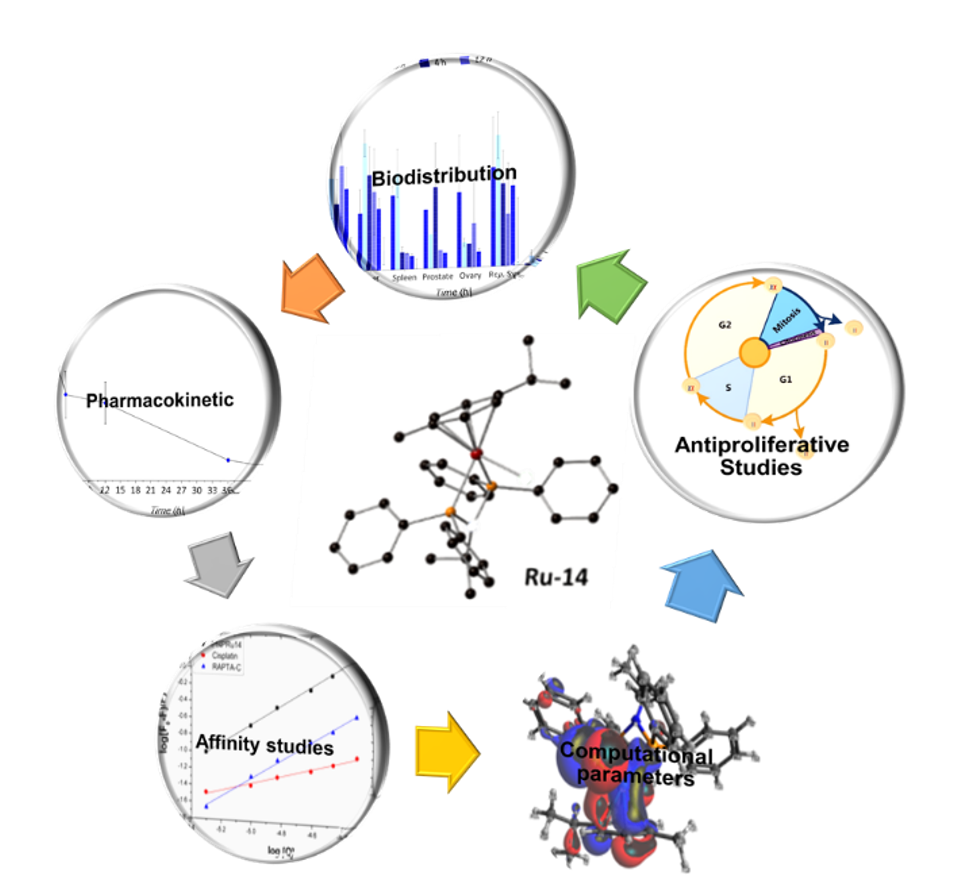Sustainable materials
Currently there is an environmental problem caused by highly durable plastics, most of them are polyolefin-type polymers derived from petroleum. The contribution of these materials to the development of the Society must be recognized, although their chemical inertness is causing environmental problems, causing damage to plants, animals and even affects human health.
Polyesters, polycarbonates and their copolymers can be used for a wide variety of applications due to their mechanical properties, their degradation to benign products and their high biocompatibility. These polymers can be seen as a potential sustainable alternative to fossil fuel-based materials. Ring-opening polymerization (ROP) of cyclic esters or ring-opening copolymerization (ROCOP) processes solve these drawbacks. The ROP of cyclic esters has been extensively studied, and polymers such as polylactide (PLA) and polycaprolactone (PCL) have found numerous applications. However, the design of new biodegradable polymers with improved properties by ROP processes is highly restricted by the limited number of commercially available cyclic esters. Therefore, the development of new catalytic processes that give rise to a greater number of biodegradable polyesters with different properties and with enhanced biodegradation in natural environments has become a current need. The use of ring-opening copolymerization processes of epoxides and CO2 or cyclic anhydrides, is the most promising route to produce an increased number of sustainable polymeric materials. Thus, novel bioderived materials with a range of properties demanded by our society can be satisfied.

Design of novel metallodrugs
Platinum-based therapies including carboplatin and cisplatin have been the standard treatment of care as a chemotherapy backbone, in many solid tumors, such as in triple-negative and HER2 positive breast cancer. Platinum agents are highly cytotoxic and unspecific, therefore, they can produce severe undesired side effects. In addition, some tumors express an inherent resistance to these agents and others acquired secondary resistance after being exposed to these agents for a period of time. In this context, other metallic compounds with better biological and pharmacological properties are needed. Rutheniums have emerged as a novel and promising anticancer family of agents. Ruthenium-based therapy might overcome platinum resistance, and improve the narrow therapeutic window of ‘the platinum family of agents’. In addition, ruthenium compounds have been shown to mediate their biological effect through a combination of anti-proliferative activity, anti-angiogenic action, and an anti-metastatic property which can clearly improve the action of current platinum derivatives.
To date, there have been several ruthenium compounds in clinical trials. NAMI-A was the first ruthenium agent that eventually reached the clinical stage giving rise to high expectations for this new class of metal-based anticancer drugs. KP1019 and its sodium salt KP1339 were the following compounds to be evaluated. NAMI-A and KP compounds were tested in animal models demonstrating activity. Phase II combination studies of NAMI-A along with gemcitabine against lung cancer reported moderate clinical activity limiting their further evaluation. Phase I clinical investigation of KP1019 for patients with advanced solid tumors showed a moderate antitumor activity. The ruthenium compound TLD1433 completed phase I clinical trials for intravesical photodynamic therapy in patients with a non-muscle invasive bladder tumor and is currently recruiting patients in a phase II study. Organometallic ruthenium compounds such as RAPTA-C and RM175 are in advanced preclinical studies. In this regard, a very high number of new organometallic ruthenium agents have been reported as potential candidates for clinical translation. Many examples of the screening of mono-, di-, and poly-nuclear ruthenium compounds with biologically inactive and active auxiliar ligands to give chiral and achiral complexes have been reported by advanced biological methods to understand their mechanism of action. In this regard, the identification of novel targets with potential for druggability, the optimization of those that are currently in clinical use, or the development of new compounds with higher efficacy and a safer toxicity profile, is the main objective on this topic.
